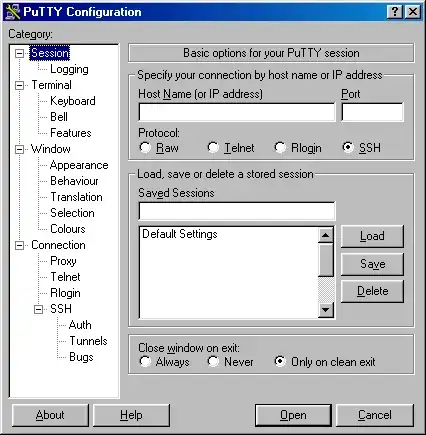Proxy servers often inspect HTTPS packets. They decrypt client's HTTPS traffic, inspect them, encrypt them again and send it to destination server.
The proxy server injects its own CA certificate to client's PC to snoop their encrypted internet traffic. So basically there is no point left to send/receive packets over secured sockets because in anyway they will be decrypted and read in the middle.
It also means that that proxy server can perform Man-In-The-Middle attacks and invade privacy of clients.
How can this be prevented and block that proxy server to inject those certificates to client's PCs?
Basically I want that proxy server to become useless each time I send/receive HTTPS traffic. That injected certificate is the key hole for that proxy.


